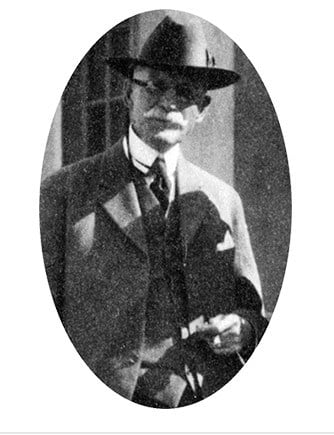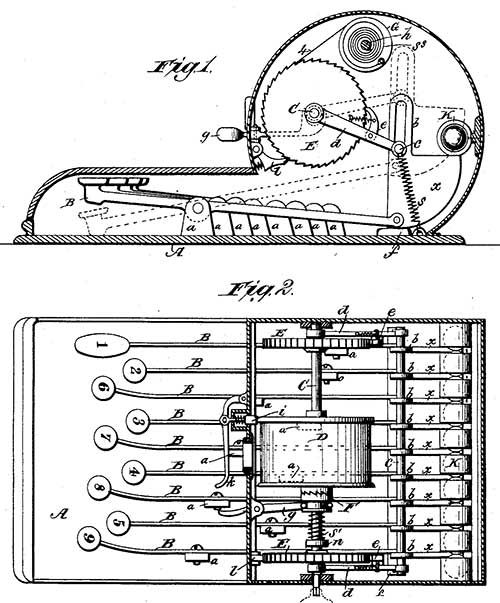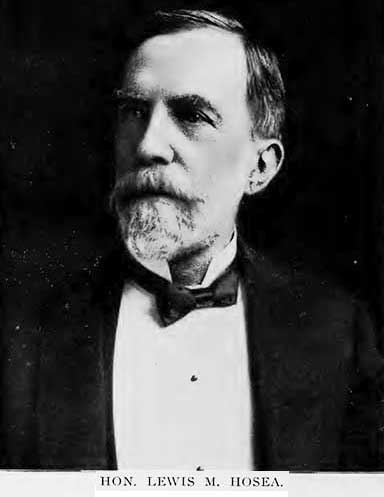Lewis Hosea and William Beardsley
On 3 March 1891, Lewis Hosea (see biography of Lewis Hosea), a lawyer and amateur mechanic, and William Beardsley (see biography of William Beardsley), a businessman, both from Cincinnati, Ohio, obtained a patent for keyboard adding machine (US patent 447457).

©Arizona Republic, Public domain, via Wikimedia Commons – Original / License
Let’s examine the adding machine of Hosea and Beardsley, using the patent drawing (see the drawing below).
The invention relates to registers or adding machines, its object being to produce a simple and compact hand instrument adapted to the use of book-keepers, cashiers, etc., for ascertaining the footings of columns of figures without incurring the uncertainty and labor attending the mental operations of addition.

The keyboard adding machine of Lewis Hosea and William Beardsley (the patent drawing)
The invention consists of the apparatus, embodying, substantially, a bank of keys, placed in convenient relation to the thumb and digital fingers of a single hand, arranged to act selectively through transmitting and engaging mechanism upon a ribbon-drum, whereon is displayed a column of consecutive numbers, each of which in due rotation is brought into view, registering with a sight-aperture provided in the casing.
The action of the device is as follows:
The operator having the machine on the desk before him with the ribbon indicating 0, traces up the unit column of figures with the eye in successive order from top to bottom, or vice versa, striking the appropriate key for each figure. The action of each key brings down the ribbon to its appropriate number of increments, and the final reading will be the aggregated result. Suppose this to be 195. He writes down the 5 and proceeds to “carry” 19 as follows: Upon pressing the lever and releasing the clutch the reel tends to rotate the drum and the ribbon back again to 0; but the present object is to stop the rotation at 19 (the carrying number) the operator controls the rotation by the lever, in which a little practice insures facility to stop at the desired point and set the clutch. Should the ribbon slip past the desired point, say to 10, the reading is brought up to 19 by striking the 9-key or by applying a thumb-nut to the projecting squared end of the shaft, as indicated in Fig. 2, and rotating the shaft and drum to the desired point. The machine being thus set to the carried number, the addition of the tens-column is proceeded with in the same manner, carrying to the hundreds, and so on to the last column. The figures thus put down with the result of the last column constitute the footing.
Beardsley and Hosea were Typical Inventors of Their Time
Both William Beardsley and Lewis Hosea were typical of the inventors of their time who labored to improve industry by making improvements on calculating machines. Since the invention of the very first crude machine inventor after inventor made small or large improvements — resulting in the computers we use today.
The image featured at the top of this post is ©Unknown author / public domain


